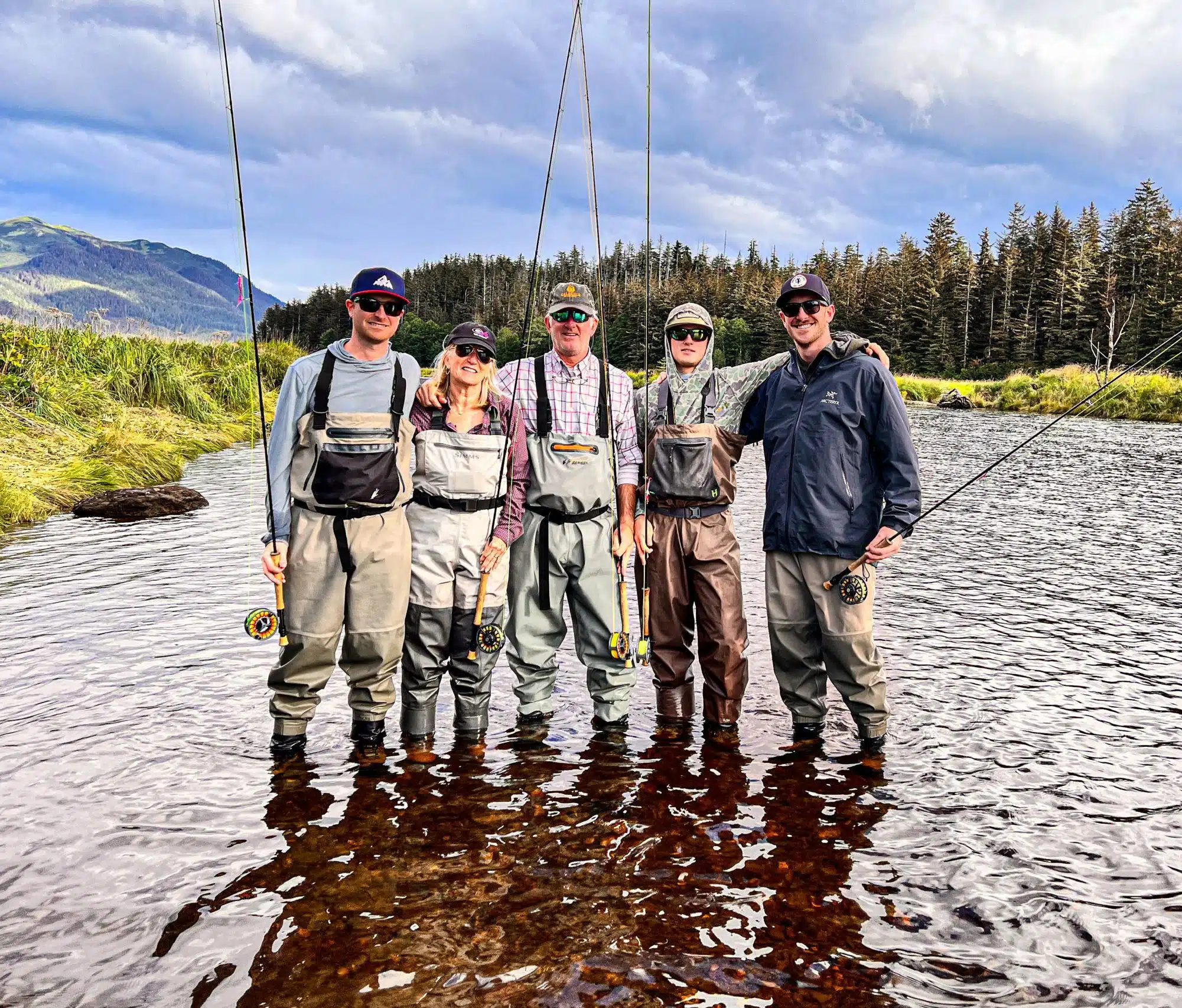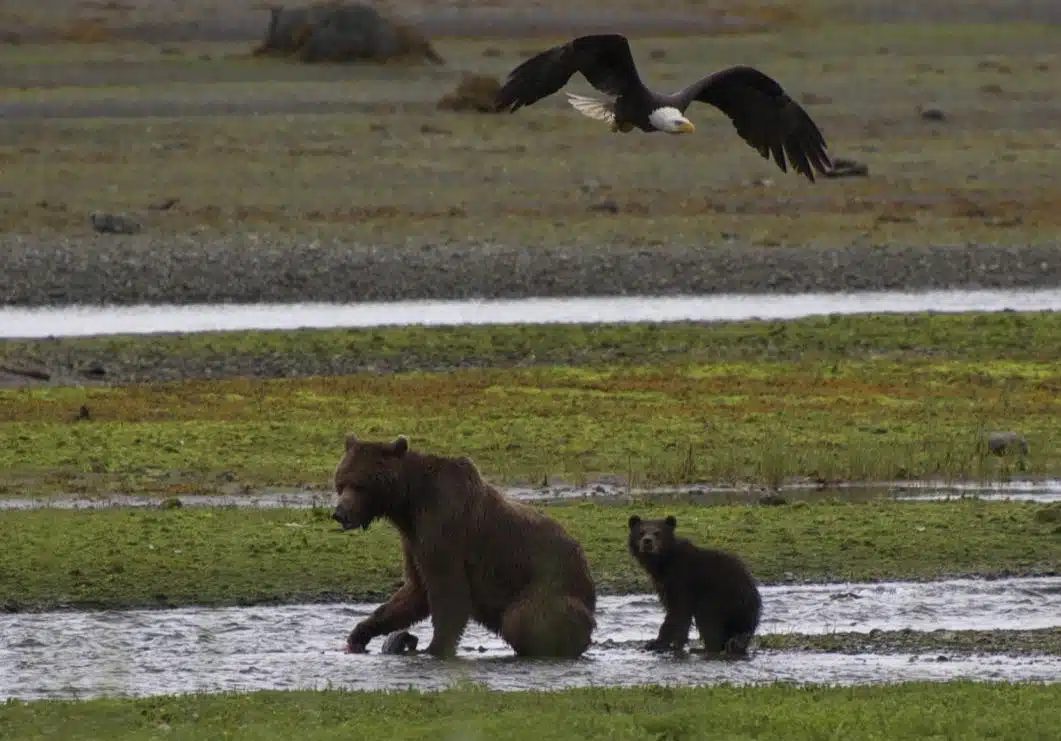Each year, around a million people visit Alaska, according to Alaska’s News Source. Many of these people check out the state to pursue its ample fly fishing opportunities. Imagine landing a bright silver salmon beneath a snow-capped mountain, the only sounds around you are the rush of water and a distant eagle.
Alaska delivers that kind of magic, and no two rivers feel the same. Whether you’re a seasoned angler or heading out for your first time, these top Alaska fly fishing trips offer more than just fish. Let’s explore where to go and why each destination belongs on your list.
1. Crystal Streams Around Juneau
Few places balance accessibility and wilderness like the water surrounding Juneau. You can spend the morning on a small creek and still make it back to town for a hot meal and a good night’s sleep. When it comes to planning gear for these outings, keep this in mind.
- Dry flies for cutthroat trout
- Shorter rods for tight spaces
- Sturdy wading boots
This is one of those Alaskan angling experiences that surprises you with how relaxed and rewarding it can be.
When booking a trip with Bear Creek Outfitters we provide ALL required fishing equipment from top brands like Simms, Rio, Sage, and Echo. Our fly fishing trips are designed to captivate and enthrall individuals of all skill levels.
2. Wilderness Rivers Near Lake Iliamna
This region feels like it was designed for fly fishing adventures. Accessing the rivers by floatplane drops you into a world where the only company might be a curious moose or circling eagle.
The water is gin-clear, the trout are aggressive, and the sense of freedom is hard to beat. If you’re planning to pack light but smart, keep this checklist in mind:
- Versatile six- or seven-weight rod
- Floating and sink-tip lines
- Mouse and leech patterns
You’ll likely find it to be a place that pulls you in and makes you lose track of time.
3. Salmon Runs of the Kenai Peninsula
When the salmon move up the Kenai, the river turns electric. The surrounding landscape is just as dramatic as the fishing, with glacier-fed water carving through thick forest and mountain views around every bend.
Timing matters here, especially if you’re chasing the famous king salmon or want a mixed bag of species in a single day. Guides know the runs well and can help you hit the peak.
4. Untouched Tributaries of the Togiak National Wildlife Refuge
If you’re looking for isolation and raw beauty, this is it. The refuge protects a massive stretch of tundra and winding rivers that see more wildlife than people.
Wading these tributaries, you’ll feel like you’re the first to ever cast a line there. The fish are:
- Untouched
- Eager
- Often enormous
There’s something deeply grounding about spending a few days out here with no agenda other than following the current.
5. Hidden Gems in the Copper River Basin
This part of Alaska doesn’t always make the top of the list, but that’s what makes it special. The rivers are full of surprises, with long glides perfect for dry flies and deep runs where trout hold in shadow.
Local anglers quietly protect this region, and visitors are often amazed at the quality of fishing. Before heading out, take time to pack a few key pieces of gear:
- Lightweight waders
- Stream thermometer
- Split-shot and indicators
Fly fishing here feels like discovering a secret the rest of the world has forgotten.
6. Clearwater Lakes of the Kodiak Archipelago
The lakes of Kodiak are:
- Calm
- Clear
- Packed with fish
On your journey, you’ll find:
- Trout rising to midges
- Char hugging the bottom
- A silence that makes every strike feel louder
While this area is better known for brown bears and its rugged coastline, its inland waters are a quiet paradise for anglers who prefer stillwater techniques.
7. Deep Channels of the Alagnak Wild River
The Alagnak twists and turns through some of the most dramatic terrain in southwest Alaska. Known for strong salmon runs and aggressive trout, this river keeps you engaged the entire time.
The variety of water (from slow channels to powerful riffles) means you’ll never get bored. It also makes it a great destination for top fly fishing tours since every stretch offers something different. You’ll come back tired and content, with stories that feel too wild to be true.
8. Backcountry Rivers in the Talkeetna Mountains
Access isn’t always easy here, but that’s part of the appeal. The rivers are full of character, changing from quiet bends to fast drops in a matter of yards. The fish are resilient, having survived the harsh mountain winters.
For anglers who don’t mind a bit of a hike, the rewards are rich. Use this simple prep list before heading into the backcountry:
- Topo maps and GPS
- Compact rod case
- Water filter
That first rise after a long hike is a feeling you won’t forget.
9. Scenic Bays Near Prince of Wales Island
Tucked between the forested hills and rocky shores are inlets teeming with life. These sheltered waters offer a mix of salt and fresh. With them come unique fishing opportunities.
Cast to sea-run cutthroat in the estuaries or move inland toward hidden streams filled with dollies. It’s a region full of surprises, and many consider it one of the more underrated Alaska fishing destinations.
Check Out These Spots for Alaska Fly Fishing Trips
No matter which direction you choose for your Alaska fly fishing trips, the state rewards the curious and the patient. They’re the kind of places that stay with you long after you’ve packed up your gear.
With over 25 years of guiding experience, Bear Creek Outfitters offers remote Alaska fly fishing trips and bear-viewing excursions deep in the Tongass National Forest. Guests enjoy floatplane access, expert guides, and unmatched scenery. You can get in touch with us today to learn more about how we can help.



